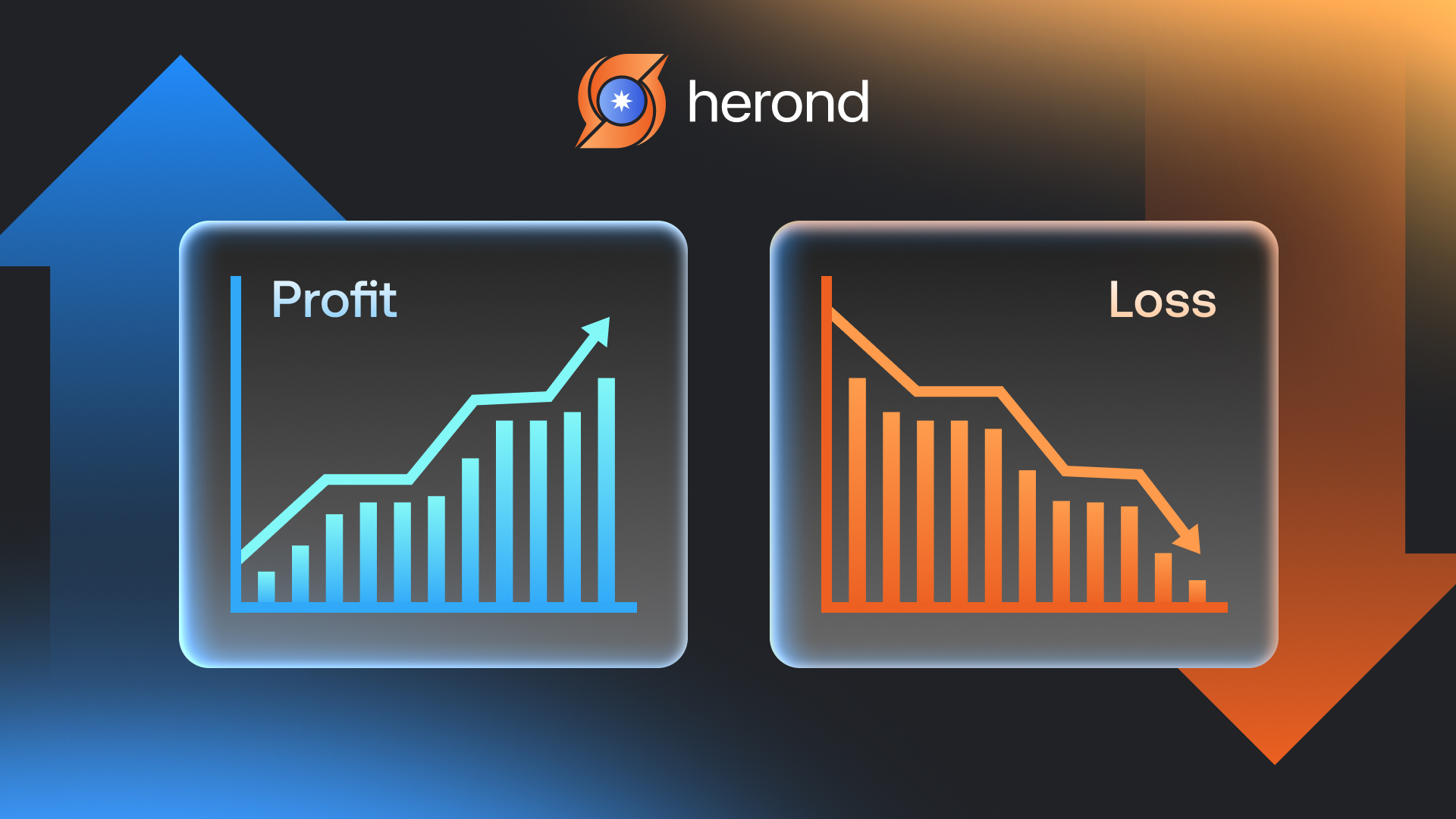Profit and Loss (PnL) is a foundational financial concept that plays a crucial role in evaluating the profitability of investments and guiding decision-making. In the fast-evolving world of blockchain, PnL offers valuable insights into asset performance, helping traders and investors understand the financial viability of their investments over time. In this article, we will explore what is PnL, its importance in investment evaluation, the types of PnL, and how to calculate and use it to make informed investment decisions.
What is PnL?
PnL stands for Profit and Loss, a financial metric used to measure the difference between the revenue generated by an investment and the costs associated with it. At its core, PnL helps investors determine whether an investment or business venture is making or losing money. Widely applied in financial markets and business accounting, PnL is essential for assessing profitability and financial performance across different timeframes.

PnL can be broken down into two key categories:
- Gross Profit and Loss: The revenue generated minus the direct costs. For instance, the cost of goods sold or transaction costs).
- Net Profit and Loss: The gross profit or loss after deducting operating expenses, taxes, and other indirect costs.
Realized vs. Unrealized PnL
For blockchain and crypto investments, understanding the distinction between Realized and Unrealized PnL is essential for strategy and tax planning:
- Realized PnL: Realized PnL represents the actual profit or loss from completed trades or sales. By subtracting the total purchase cost from the total sales proceeds, realized PnL offers a factual assessment of a trading strategy’s performance over a given period. As a concrete indicator of success, realized PnL helps evaluate the effectiveness of trading strategies and supports informed decision-making for future investments.
- Unrealized PnL: “Unrealized PnL,” or “paper profit/loss,” reflects the potential gains or losses from investments that have not yet been sold. It compares an asset’s current market value to its original purchase price – a higher market value indicates an unrealized profit, while a lower value means an unrealized loss. This unrealized PnL can inform decisions to hold or sell assets based on market performance and an investor’s risk tolerance, even though the value remains speculative until the position is closed.
Why is PnL Important?

In evaluating blockchain and digital asset investments, PnL provides a comprehensive view of an investment’s financial health. It is indispensable for various reasons:
- Performance Measurement: PnL offers a clear, objective measure of success, helping investors assess whether their investments are delivering the desired returns. Positive PnL indicates profitable performance, while negative PnL may suggest that adjustments are needed.
- Decision-Making Tool: Investors rely on PnL to determine whether to hold, increase, or exit their positions. Businesses also use PnL statements to adjust their strategies, cut costs, or explore growth opportunities based on financial health indicators.
- Risk Management: Regularly tracking PnL allows businesses and investors to spot emerging risks and proactively manage them. By identifying patterns in PnL trends, such as high volatility, investors can implement strategies to mitigate risks and safeguard their portfolios.
- Financial Health Indicator: PnL is a crucial measure of financial health as it provides a breakdown of revenue streams, operating expenses, and profitability, which stakeholders use to guide resource allocation and ensure sustainable growth.
Calculating PnL in Investment Context
Calculating PnL involves several steps, particularly for traders in the blockchain space:
- Identify the Starting Balance: Determine the account’s initial balance for the chosen period. For example, the beginning balance for a trading account.
- Analyze Each Trade: For each transaction, record the cost basis (purchase price), quantity, and selling price of the cryptocurrency involved.
- Calculate PnL for Each Trade: The formula involves subtracting the cost basis from the selling price of the cryptocurrency and multiplying this difference by the quantity of the cryptocurrency purchased.
- Total PnL for Period: To obtain the total PnL for the period, the trader adds up the PnL from all trades.
How is PnL Used in Investment Evaluation?
In blockchain and digital asset investments, PnL plays a critical role in determining whether an investment is financially sound and aligned with overall goals. Here is how PnL is typically used in investment evaluation:
- Tracking Portfolio Performance: PnL helps investors and traders monitor portfolio profitability. Positive PnL signals gains, while negative PnL highlights losses. Tracking PnL over time enables effective portfolio management, allowing investors to make data-driven adjustments as needed.
- Investment Analysis: PnL analysis provides insights into expected returns before committing capital. For blockchain projects, comparing projected revenue with anticipated costs helps determine an investment’s feasibility, profitability, and alignment with strategic objectives.
- Risk Assessment: Consistent PnL tracking allows investors to identify risk patterns and volatility trends. Recognizing these patterns enables investors to adopt risk mitigation strategies. For instance, diversifying assets, implementing hedging strategies, or adjusting exposure to high-risk assets.
- Benchmarking and Performance Comparison: Comparing PnL against market indices or similar projects helps gauge relative performance. Consequently, allowing to fine-tune strategies for improved returns.
- Tax Planning and Compliance: Realized PnL directly impacts tax obligations. For investors, understanding realized PnL helps anticipate tax liabilities and enables strategic tax planning. For example, capital loss harvesting to offset gains.
Conclusion
In blockchain and digital asset investments, PnL serves as a comprehensive tool for understanding the profitability of assets and evaluating investment opportunities. By understanding what is PnL and distinguishing between realized and unrealized PnL, tracking key elements, and leveraging PnL insights for decision-making, investors can optimize their financial strategies. Regular PnL evaluation ensures that investment portfolios align with financial goals, fostering sustainable growth in the dynamic world of blockchain.
About Herond Browser

Herond Browser is a Web browser that prioritizes users’ privacy by blocking ads and cookie trackers, while offering fast browsing speed and low bandwidth consumption. Herond Browser features two built-in key products:
- Herond Shield: an adblock and privacy protection tool;
- Herond Wallet: a multi-chain, non-custodial social wallet.
Herond aims at becoming the ultimate Web 3.0 solution, heading towards the future of mass adoption. Herond has now released the mobile version on CH Play and App Store. Join our Community!







